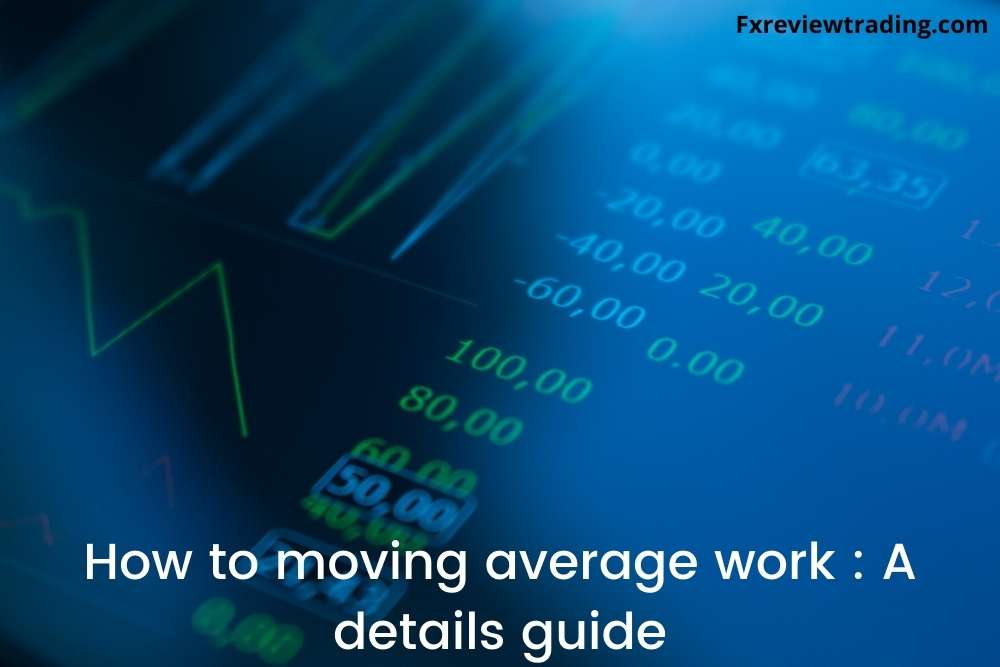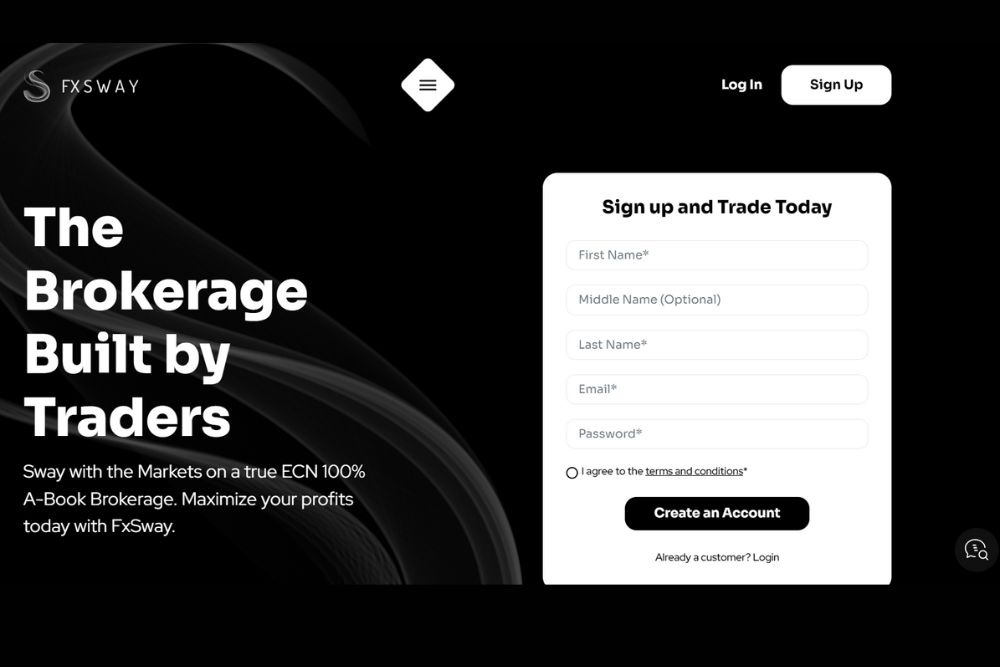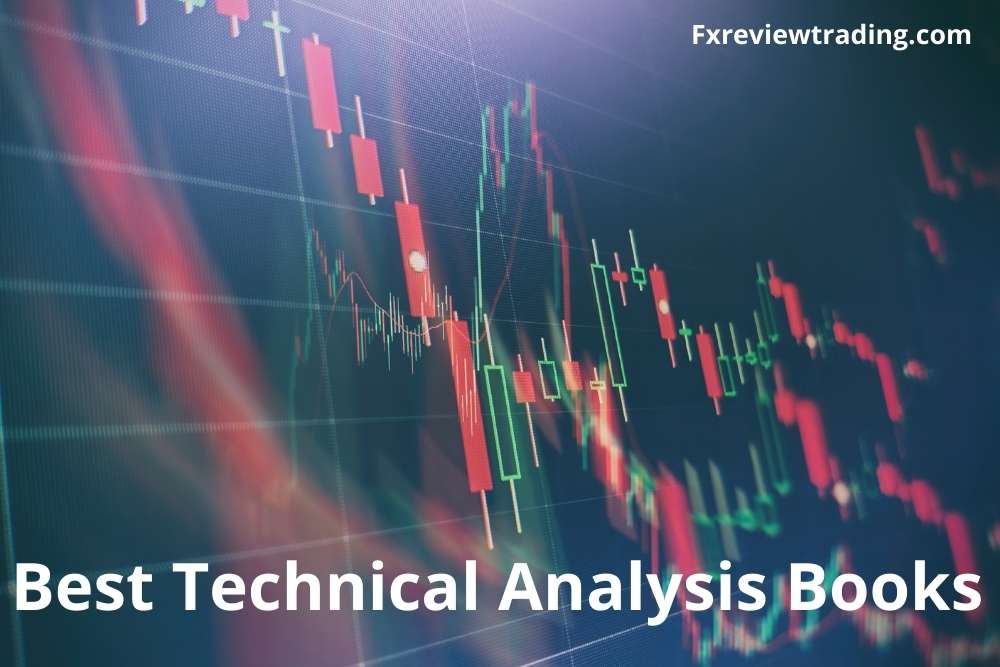Moving average is an effective technical indicator used for analysing the market trends. Traders use the averages to predict the prices based on recent previous price changes. Thus, a statistical tool for calculating the data by taking the average of different data sets. Primarily a stock indicator, still moving averages work in various markets to analyse the price. The main purpose of using moving averages is to be constantly updated about the average prices. These average prices help traders identify the price fluctuations over the time period.
There are various types of moving averages used in the market analysis depending upon the trading instrument traded. Here, we have listed the moving averages that could be used for trading:
- Simple moving average
- Exponential moving average
- Double exponential moving average
- Triple exponential moving average
- Linear regression
- Displacing the moving average
- Time series forecast
- Wilder moving average
- Weighted moving average
Moving Averages: The details
Moving average is the trend indicator and determines the support and resistance levels. Traders through the average follow the trend or lagging as this is a price-based indicator. Lag refers to the financial sign that a huge shift has taken place in the market. Therefore, the long period of moving average is the more significant lag. So, we can say that a year’s moving average would have more lag than a month. These are substantial trading signals used by investors and traders of the financial markets.
Traders can even customise the indicator as per their needs and time frames to have real-time balance levels. Timeframes mostly used are 15, 20, 30,50,100 and 200 days. For real price changes, traders must use long timeframes; shorter moving averages have less accurate price changes and could be prone to uncertainties.
Traders can go for various timeframes based on the objective of the trade. Short term timeframes suit the short investments, and long timeframes suit the long term investments. However, traders can experiment with the timeframes, as there’s no set rule of using the timeframes in moving averages; anyone could go along the trade affected by the markets and the trade conditions.
Investors can keep experimenting till the one timeframe that suits their needs is found. However, analysing the markets is not easy; investors must use technical tools and research to have better predictions.
Trends that investors study in the market by analysing the markets work as an aid for the securities traded. Such as a rising trend represents the uptrend, a downfall in the moving average shows the downtrend. Similarly, the bearish and bullish trends are also analysed through moving averages.
Moving averages are a good tool to be used and form a base for other advanced technical indicators.
Types of Moving Averages
Moving averages are used in various forms, and understanding their operation in the financial market is necessary. Without mastering the art of utilising these, one cannot trade and earn the desired profits. So, let’s quickly have a look at all the moving averages types:
Simple Moving Average ( SMA)
Simple moving averages are calculated by the simple formula we used in our maths in school times. Traders have to collect all the recent prices data and then divide the total prices by time period. This would give traders the average of prices over that specific timeframe.
Usually an indicator of change and when traders can enter and exit the market. SMA works as a lagging indicator as they find moving averages on the past prices for certain time frames; the costs could be high, low, open and close.
SMA signals traders about the buy and sell of securities and using the support and resistance levels. The floor and ceiling of the price changes, moving averages, and other signals could be studied using charts and patterns via trading platforms.
Exponential Moving Average (EMA)
The word exponential stands for rapid growth in something, so, here, the exponential moving average calculates the recent price changes and provides traders with the most responsive price data. Thus, examining the rapid increase in the price changes in the timeframe.
In comparison to SMA, the exponential moving average is more accurate as it gives equal weightage to all the price changes in a specific time period.
Calculating EMA:
The first step of calculating EMA is by knowing simple moving averages. Then, traders have to calculate SMA to get the primary data over time.
Secondly, traders calculate the multiplier; this helps to weigh the exponential moving average.
The third and last step of the calculation derives EMA by taking the recent time period EMA, price, multiplier and previous EMA.
The formula for EMA:
EMA = { Closing Price – EMA (Previous time period) } x Multiplier + EMA (Previous Time Period)
Weighted Moving Average (WMA)
Most widely used moving average for deciding the trade direction and making buy and sell orders. The weighted moving average uses recent price data and gives less weightage to the previous price changes. The formula of weighted average multiplies each data by a weighting factor.
The WMA aids traders to analyse the trade signals; with the price being above the weighted average, traders can conclude that the trend is upward, and if the prices are below WMA, then it signals a downward trend.
Double Exponential Moving Average (DEMA)
An advanced and improved version of the exponential moving average is the double exponential moving average. The moving average allocates more weightage to the recent previous price changes and data. Thus, it reduces the lag and becomes more responsive for the short term trend. In addition, it also spots the reversals of the trends quickly.
The DEMA could be spotted on the chart and patterns of the moving average through various lines indicating all the types of moving averages.
The Triple Exponential Moving Average (TEMA)
Patrick Mulloy developed the triple exponential moving average after the evolution of the double exponential moving average in 1994. TEMA is more responsive and advanced than DEMA. Thus, it analyses the price changes and reduces the lag of exponential moving averages.
However, the work of both the responsive exponential moving average is similar to each other. Both minimise the difference between various exponential moving averages.
But, the two are different, as the formula of TEMA has triple-smoothed EMA. It is in addition to the single and double smoothed exponential moving averages incorporated into the DEMA formula.
All these aid traders to analyse the moving averages.
Linear Regression or Least Square Moving Averages
The linear regression calculates the least-squares regression lines to find future predictions based on the current time period. Thus, traders, through the regression lines, identify the changes that could take place.
Linear regression is intended via the sum of least squares method; it discovers the straight line that fits the specific period.
Displacing the Moving Average
The moving average type shifts all the price values of moving average to forward and backwards in time. The method helps traders analyse the price changes more accurately and understand the securities’ trends and price fluctuations. It could be shifted to align with the highs, lows and prices.
But, the use and work of the DMA is similar to the moving average and determines the trend and reversals of the price in the financial market. Through the signals of the moving averages, traders can forecast support and resistance levels.
Time Series Forecast
A statistical method of calculating the time-series data of price is called a time series forecast. The type of moving average aids traders in making strategic decisions and making predictions relating to the trade. However, the forecasts are not always exact and can vary widely as the market factors are pretty fluctuating.
With comprehensive price data and details, the predictions could be exact and help trade with the decisions. The type of moving average is used in various sectors such as weather forecasting, economic forecasting, retail forecasting, financial forecasting, environmental forecasting etc.
Wilder Moving Average
Wilder moving average is also called wilder’s smoothed moving average. The indicator of the financial market works similar to the exponential moving average. The wilder moving average responds more to the slow price changes that occur in the market.
The trading platform available with the brokers is used to apply these moving average indicators. For a wilder moving average, traders can go on the charts and from the edit through the studies option where traders can choose wilder moving average options and add them to the study. Moreover, the parameters of the chart could be set as per the traders’ needs.
How do Moving Averages work?
Moving averages are the best and popular technical trading tool. If the indicator of change is used with proper knowledge, it could benefit traders in manifolds. But, some fewer investors or traders can use these signals of the market adequately. So, for making it clear and helping traders with the best tool, we have discussed the use of moving averages and how traders can apply the tool.
The use of moving averages in the financial markets is significant as it signals traders about the price change, trend direction and entry and exit points. Various markets use the tool as per the requirement due to its flexibility.
The chart and pattern option is available through the trading platform, mostly the MetaTrader4 platform. Traders can use the moving average indicator through the platform by customising it as per the trading instrument and market. The chart provides all the information and details of the price movements, reversals and future movements. Even the timeframe of trade is decided by the traders, which help them to set it and analyse the specific time period change of price.
Once, through the setting of the chart, traders set all the measurements and requirements. Now, they can read and study the future changes with past and present market prices. The previous recent price movements and present price act as the signal to decide on the future. Thus, traders predict the change of price based on the chart lines.
If the chart shows an increase in the graph, the chart lines move upwards, which is a rise in price. Similarly, the lines show a downfall; it is a decrease in the price of the security. Although the price keeps moving to and forth, that is sideways movement, this is an indicator of range in the security price.
Therefore, traders use the indicator of moving averages due to the clear indication of the price change. Moreover, traders do not have to be present 24 hours and keep an eye; they can access the trading platform chart through a mobile application or any other device whenever they want to check. As a result, traders can buy the best available security and earn profits.
Moving Average Disadvantages
We have discussed moving averages in-depth with their types, use and work. Here, we have also incorporated moving averages disadvantages for knowledge of the traders and investors.
Historical Data
The data used in moving averages is historical, and therefore the price changes are also based on past trade and price fluctuations. So, the decisions could be wrong as they would better suit the past price changes and not the present.
Random
As the data are historical and results are past based, the decisions of such data are random. The market may sometimes work in favour of the moving average and may even go against it. Traders can not completely rely on the indicator.
Price Action
The price keeps swinging back and forth, which results in multiple trend reversals and signals. It could be confusing, so traders should use other indicators for perfect decisions.
The ranging conditions of the financial market make it challenging to analyse the market price changes.
Conclusion
Price analysis is the main part of any investment strategy, making trend direction visible for the traders. To have the technical aspects of the market, moving averages is essential. No trader would be able to make correct forecasts without the use of types of moving averages. The statistical data, price changes and technical analysis all together simplify the process.
These are popular strategies for entry and exit of the market, highlighting the support and resistance levels. The indicator, however, is available only through online brokers. Therefore, traders must go for reputed brokers with all the facilities; traders can go for ROInvesting or TradeATF to use moving averages indicators.








